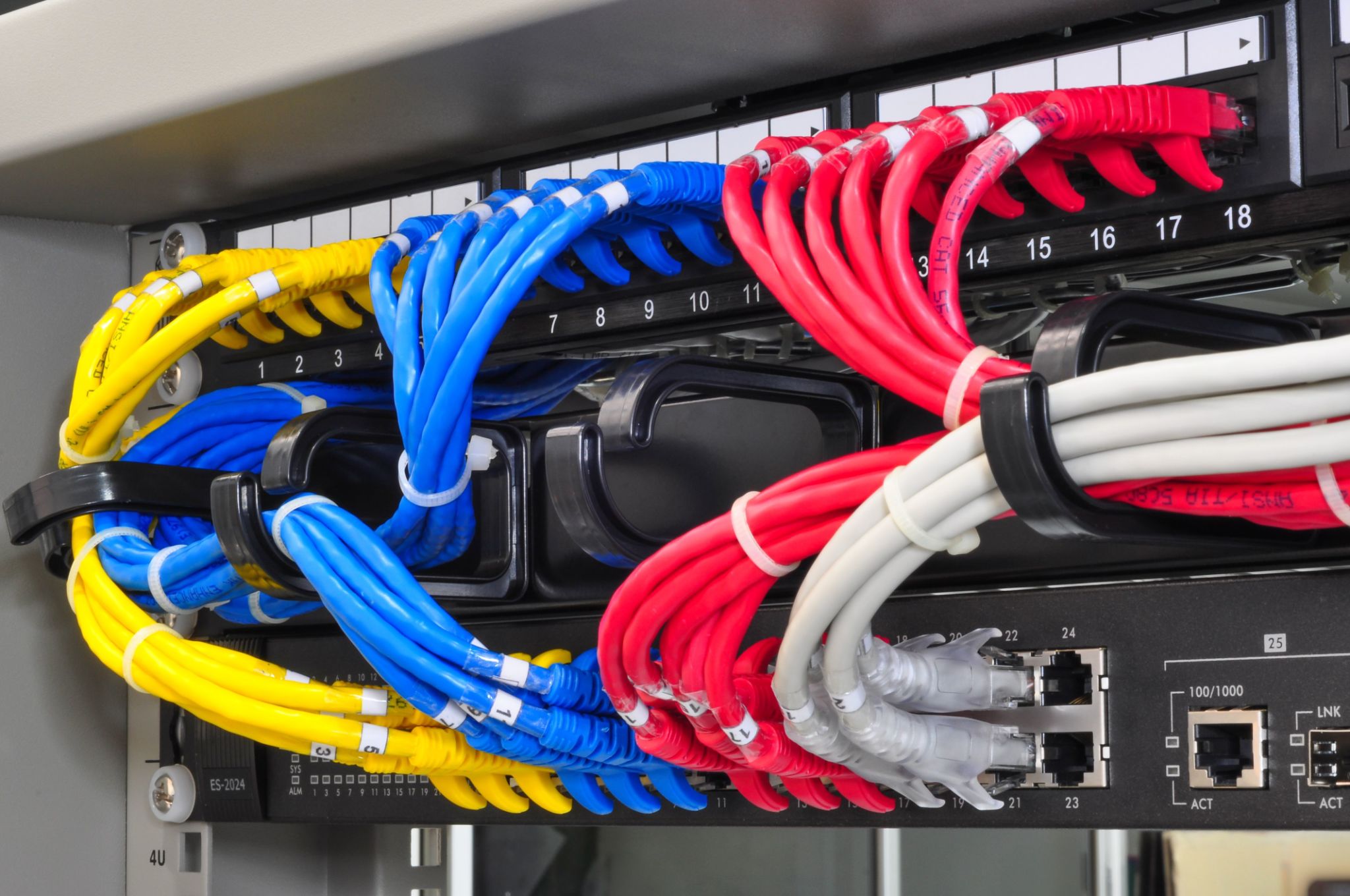Key Steps to Troubleshoot Data Cabling Issues Effectively
Understanding the Basics of Data Cabling
Data cabling is a critical component of any network infrastructure, enabling the transmission of data between computers, routers, and various network devices. Often, issues with network performance can be traced back to data cabling problems. Understanding the basics of data cabling can help in identifying and fixing these issues more effectively.
Before diving into troubleshooting, it's essential to be familiar with the types of cables used in your network. Common types include Cat5e, Cat6, and fiber optic cables, each having different specifications and uses. Knowing the type of cabling in your setup can guide you in diagnosing potential issues.

Initial Inspection and Testing
The first step in troubleshooting data cabling issues is a thorough inspection. Begin by visually examining the cables for any obvious signs of wear and tear, such as cuts, frays, or kinks. These physical damages can significantly affect the performance and reliability of the network.
Next, ensure that all cable connections are secure. Loose connections are a common cause of network disruption. Confirm that all plugs are properly seated in their respective ports. If possible, use cable testers to check for faults or signal loss within the cables.
Testing with Network Tools
Utilize network diagnostic tools to test the performance of your cabling infrastructure. Tools like cable testers can help identify breaks, shorts, or interference issues within the cables. These tools provide insights into whether the cables are functioning optimally or if there are underlying problems that need addressing.

Addressing Common Connection Issues
One frequent issue with data cabling is crosstalk, where signals from one cable interfere with another. This can degrade performance and cause data loss. Ensure that cables are adequately shielded and separated to minimize interference.
Another common problem is improper termination. Incorrectly terminated cables can lead to poor connectivity and performance issues. Verify that all cables are terminated according to industry standards, such as T568A or T568B for twisted-pair cables.
Checking Network Hardware
If cabling seems intact, the next step is to examine the network hardware. Ensure that all switches, routers, and other devices are functioning correctly. Sometimes, a simple restart of network devices can resolve connectivity issues.

Advanced Troubleshooting Techniques
If basic troubleshooting does not resolve the issue, consider more advanced techniques. This may involve using spectrum analyzers to identify sources of electromagnetic interference or consulting network logs to pinpoint specific areas of concern.
Additionally, consider segmenting the network to isolate problematic sections. By narrowing down which part of the network is affected, you can focus your troubleshooting efforts more efficiently.
When to Seek Professional Help
Sometimes, despite best efforts, data cabling issues may persist. In such cases, it may be necessary to seek professional assistance. Network professionals have the expertise and equipment to diagnose and resolve complex cabling issues effectively.
Remember that regular maintenance and inspections can prevent many common data cabling problems. By staying proactive and addressing minor issues before they escalate, you can ensure a reliable and efficient network infrastructure.
